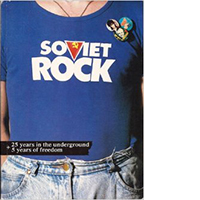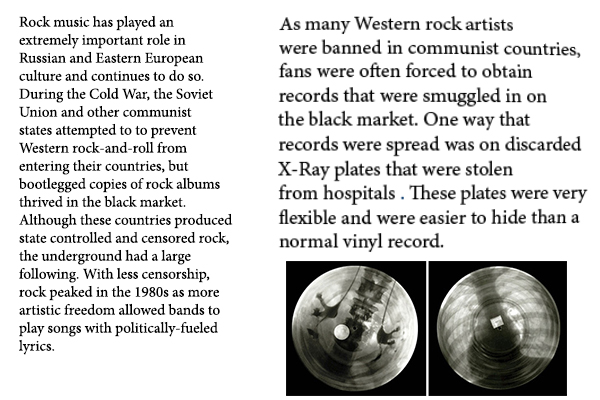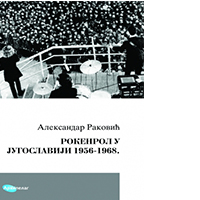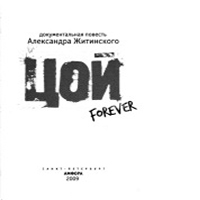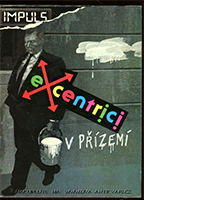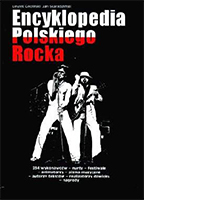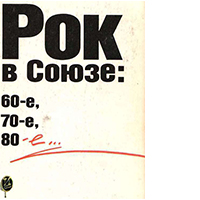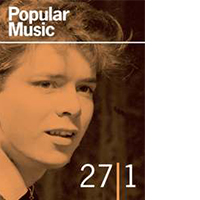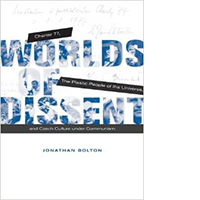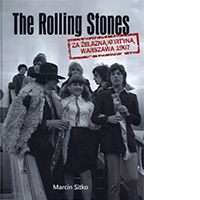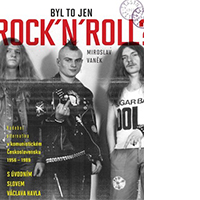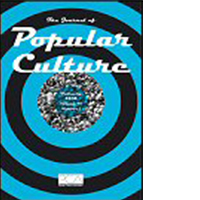Rock in Eastern Europe transcends a genre. The rockers of the Eastern Bloc communicated a political statement with their songs. Their creations were a way to mutiny against the stifling political environment that surrounded them. The famous Russian critic Artemii Troitskii in his book Rok v Soiuze: 60-e, 70-e, 80-e claims that Russian rock is a unique phenomenon distinct from its Anglo-American analogues. But what about the rest of Eastern Europe? Did the countries under Soviet dominance replicate the Western tradition or followed their own way? Was the development of rock sub-genres in Eastern Europe somehow special? What did their rock scene evolve into?
Indeed, this topic is so immense that the possible research projects are practically limitless. Here we simply present a few select titles and some curious factoids just to give our readers a general idea of the breadth of the topic. Props to Michael Gabe for doing a lion’s share of research on the topic.
Serbian band Van Gogh‘s video
Yugoslavia was the most fortunate on the Bloc. Tito’s government made no particular effort to curtail all the new musical influences permeating from the West.
SBB, formed in 1971, was one of the mosts popular rock groups that had lyrics in both Polish and English.
Although breaking up in 1980, they eventually reunited and continued to perform for fans in Poland and around the world.
And here is Croatian punk band KUD Idjoti with its cover of Bandiera Rossa
A controversial Slovak band Leibach
And another Serbian band Disciplina Kičme
Plastic People of the Universe
One of the most popular bands from former Czechoslovakia, PPU formed in Prague in 1968 and have had great influence and enduring popularity.
Kino
(1981-1990) was one of the most influential rock bands in the Soviet Union and continues to have a large following. Despite fronot man Viktor Tsoi’s untimely death in 1990, Kino has remained one of the most popular Russian bands.
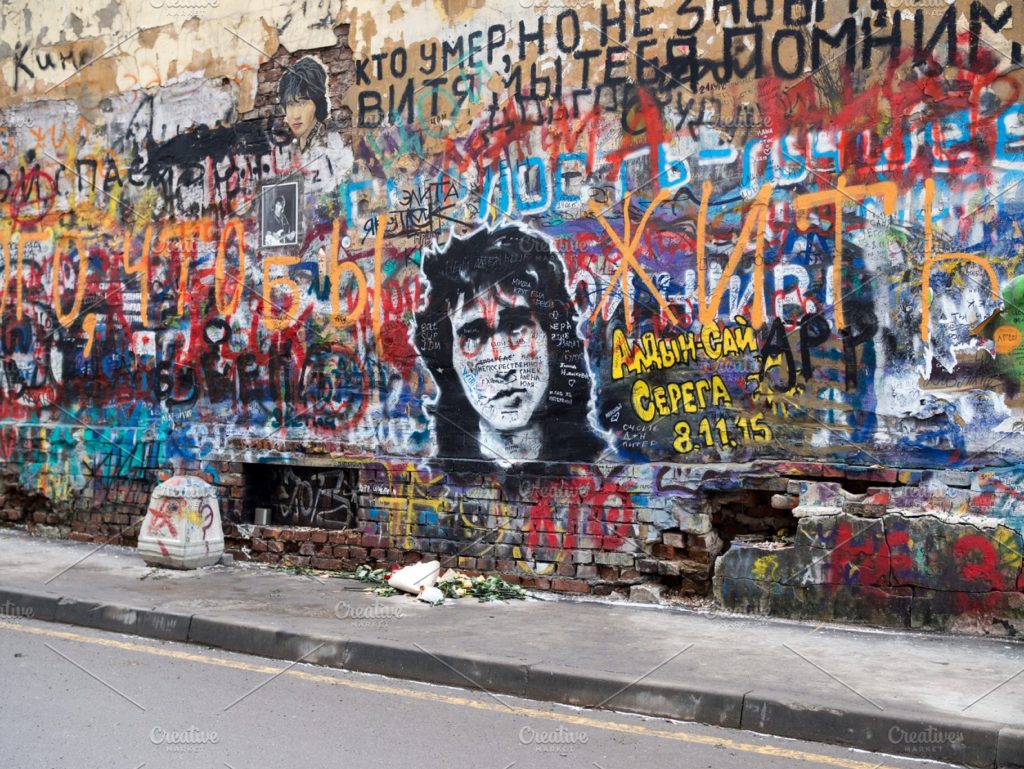
After communism fell, previously banned rock music became accessible. Eastern Europe rock bands began to follow Western trends more closely. However, many look back fondly to this period and still revere the bands of the past. For example, fans in Moscow have created a memorial wall to Viktor Tsoi.
